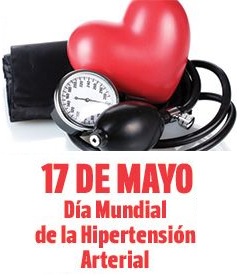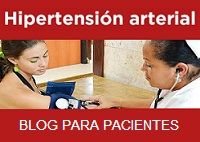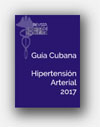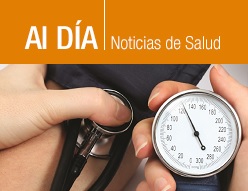Relationship Between Uric Acid and Vascular Structure and Function in Hypertensive Patients and Sex-Related Differences
Editorial. Los trabajos y opiniones que aquí se exponen son orientadores de lo que se publica en Cuba y en el mundo sobre aspectos relevantes de la hipertensión arterial.
 Por: Manuel A. Gómez-Marcos, Jose I. Recio-Rodríguez, María C. Patino-Alonso, Cristina Agudo-Conde, Emiliano Rodríguez-Sánchez, Leticia Gómez-Sánchez, Marta Gómez-Sánchez y Luis García-Ortiz. American Journal of Hypertension, Volume 26, Issue 5, Pp. 599-607.
Por: Manuel A. Gómez-Marcos, Jose I. Recio-Rodríguez, María C. Patino-Alonso, Cristina Agudo-Conde, Emiliano Rodríguez-Sánchez, Leticia Gómez-Sánchez, Marta Gómez-Sánchez y Luis García-Ortiz. American Journal of Hypertension, Volume 26, Issue 5, Pp. 599-607.
We sought to analyze the relationship between uric acid (UA) and vascular structure and function based on the carotid intima-media thickness, the pulse-wave velocity (PWV), the central arterial pressure, and the augmentation index in hypertensive patients and to evaluate the sex-related differences.
A cross-sectional study was performed with 366 hypertensive individuals aged 34–75years (men = 61.74%). The vascular structure was assessed based on the carotid intima-media thickness, the arterial stiffness was assessed by PWV, and the vascular function was assessed using hemodynamic parameters such as the central and peripheral augmentation index and the ambulatory arterial stiffness index (AASI).
Serum UA showed a positive correlation with the mean maximum intima-media thickness and PWV, and this parameter showed a negative correlation with the central and peripheral augmentation indices, although this relationship was lost after adjusting for confounding factors. AASI showed a positive association in women and a negative association in men after adjusting for confounding factors. [Actualizado: 8 de abril de 2013]





![Glosario: hipertensión [Hipertensión arterial en la atención primaria de salud. 2009]](http://temas.sld.cu/hipertension/files/2016/04/Glosario-e1541006177950.jpg)



Comentarios recientes